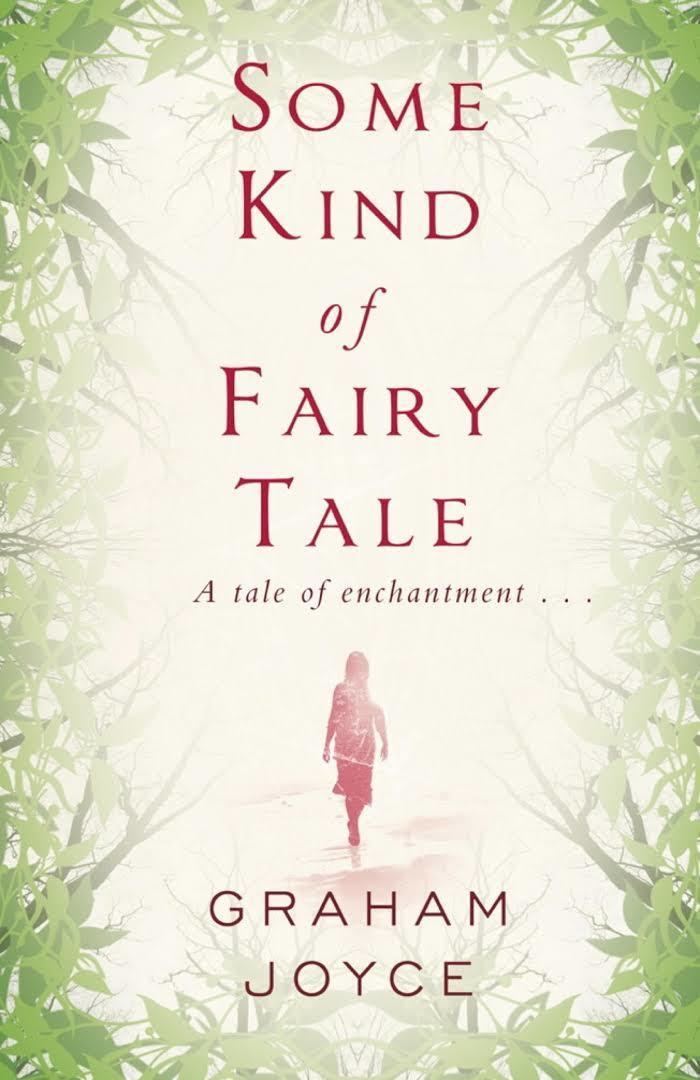7.2 /10 1 Votes7.2
Language English Awards Robert Holdstock Award Originally published 1 February 2012 Page count 320 ISBN 9780385535786 | 3.6/5 Goodreads Pages 320 OCLC 778591883 Country United Kingdom | |||||||||||||||||||||||||||||||||
 | ||||||||||||||||||||||||||||||||||
Similar Works by Graham Joyce, Speculative fiction books | ||||||||||||||||||||||||||||||||||
Some kind of fairy tale book review
Some Kind of Fairy Tale is a 2012 novel by the British author Graham Joyce. A work of speculative fiction, it won the British Fantasy Society's Fantasy Novel of the Year award (the Robert Holdstock Award) in 2013. Film rights to the novel have been sold and a potential movie is in the development stage.
Contents
- Some kind of fairy tale book review
- Some kind of fairy tale
- Main characters
- Plot summary
- Relationship to Irish folklore
- References
Some kind of fairy tale
Main characters
Tara Martin, a teenage girl who disappears for 20 years and subsequently returns to her family;
Hiero, a stranger, supposedly from an alternative reality populated by fairies;
Peter Martin, Tara's older brother;
Richie Franklin, Tara's former lover;
Dr. Underwood, Tara's psychiatrist; and
Mrs. Larwood, an elderly woman who counsels Tara.
Certain characters' names have significance to the plot. Tara's name acknowledges the story's linkage with Irish folkloric tales of fairy abduction; The Hill of Tara is the traditional seat of the High Kings of Ireland. Hiero's name is pronounced "yarrow," which is a flowering plant with healing properties and also the name of certain rural locations in England and Scotland, signifying the character's affinity with nature and the land. Yarrow is also the title of Yarrow a fantasy novel by Charles De Lint. Dr. Underwood's name combines "under-," signifying the unconscious mind, which he attempts to understand through psychiatric methods, and "-wood," representing Charnwood Forest, a supposed portal to the alternate reality of Hiero. Mrs. Larwood's name also contains "-wood," signifying her experience in Charnwood Forest.
Plot summary
The novel takes place in Leicestershire, England in current times. Tara disappears after meeting a stranger, Hiero, in Charnwood Forest. After a long absence, she returns to her parents on Christmas Day. She claims she had been trapped in a parallel reality populated by fairies. Tara believes she was missing for only six months, yet her family knows she has been gone for 20 years. During her absence Tara has barely aged at all, still resembling a 15-year-old girl. But her parents have become elderly and feeble, her brother Peter has become a husband and father, and Richie has led a life of underachievement and substance abuse, unable to recover from Tara's disappearance. Tara's family refuses to accept her explanation for her disappearance. Nevertheless, Tara insists it is true. She also believes Hiero has followed her back into the human world, seeking vengeance on Richie, whose love brought her back. The family employs Dr. Underwood to assess Tara's sanity. The psychiatrist concludes she has unconsciously fabricated her story as a defense mechanism to avoid confronting some trauma that must have occurred during the period of her absence.
Tara becomes increasingly dissatisfied with life with her parents and boyfriend, finding it pales in comparison to her supposed experiences in the parallel world. Her neighbor, Mrs. Larwood, claims to have had the same experience, and warns her of the dangers involved in moving between the two worlds.
Richie is attacked twice by an unknown assailant, and is later stricken with brain cancer. Tara believes that this is the work of Hiero, who followed her back to the human world and threatened to "blast" Richie's mind. At the novel's conclusion Tara once again disappears, leaving a note indicating that her departure was voluntary, and done in an effort to protect Richie from Hiero's revenge.
Relationship to Irish folklore
Tara's claims reference key elements found in Irish folkloric tales of fairy abduction. These include a disconnect in the passage of time in the two worlds, the dangers of eating and drinking in the other world (i.e. the inability to return to the human world until released), and the vengeful nature of fairies despite their glamorous appearance. All of these appear in the work of the Irish authors William Butler Yeats, Joseph Sheridan LeFanu, and Lord Dunsany.
